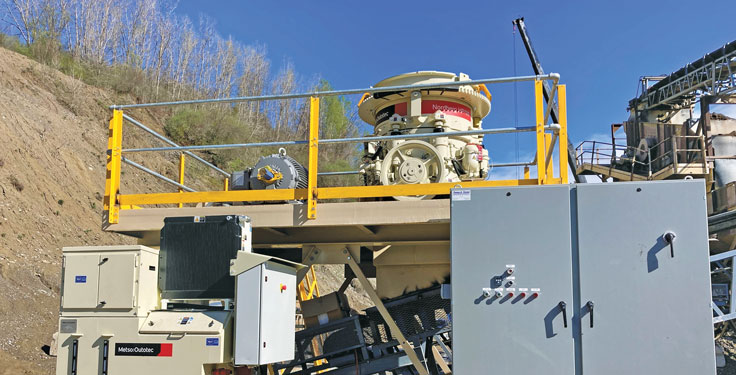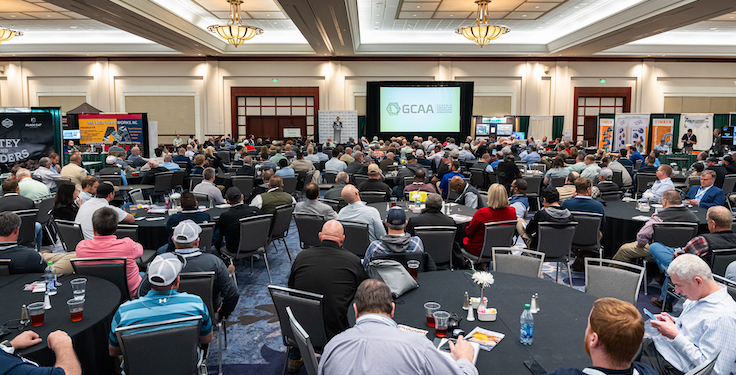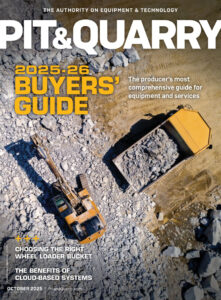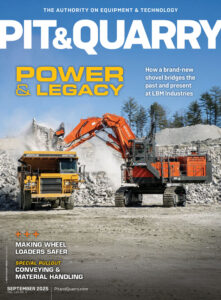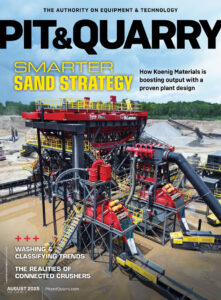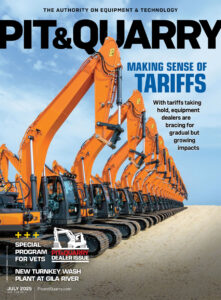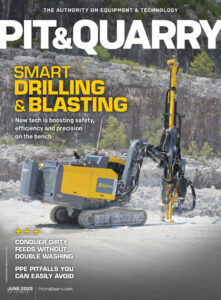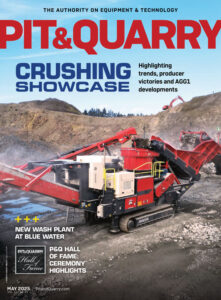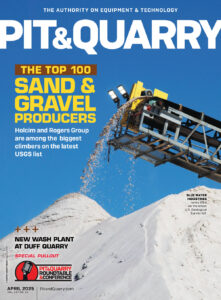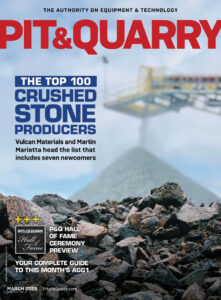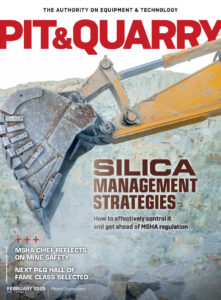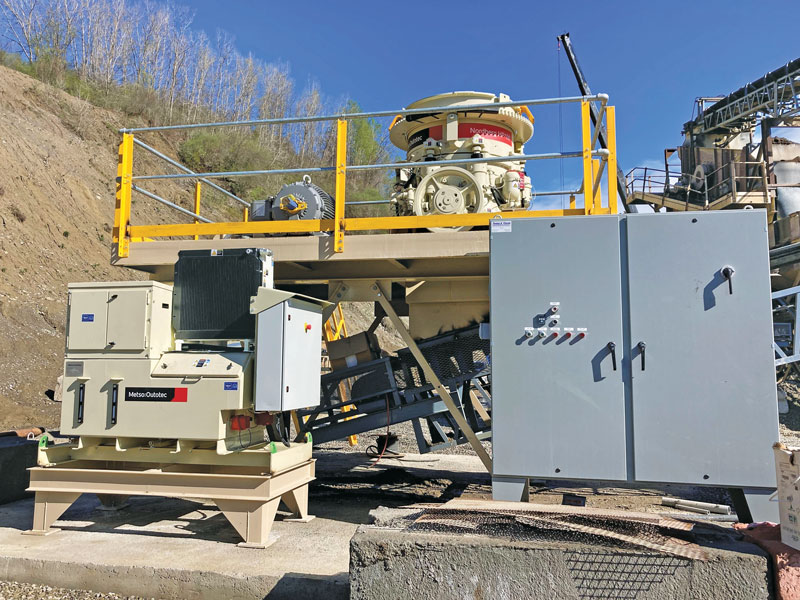
In my old control booth, we had the oil flow and oil pressure alarm bells. I would dread starting those pumps due to the sound of those alarms. I would start the pumps and then immediately walk outside to get away from the noise, although this is not advised for obvious reasons.
While the alarms were sounding, I would have someone check the flow to the observation screens inside the tanks. While you will see flow, the stream may differ due to the “cold” oil and stationary crusher. This is not a mandatory check, but I do suggest it to make sure there are no issues present early in the day.
You can also check the pressure gauges at this time, but the readings are mostly irrelevant due to the crusher not actively running and the oil being cold.
• If you have a water chamber machine, inspect the oil and make sure the color is the brown/black it needs to be and that there is no “milky” look to it. If there is, then you have an issue allowing water to get into the oil system.
• Start the water pump (if you are running a water chamber machine).
• Make sure there is adequate water flow, and make sure the flow is consistent.
Once you’ve let the oil flow for a few minutes and the flow/pressure alarms are long gone, it’s time to fire those old beasts up.
Starting the crushers
I have seen cone crushers start synchronously many times, but I strongly suggest starting one at a time for simplicity’s sake.
Be sure to listen during start-up. You will hear the familiar sounds of the crusher “winding” up. That’s a good thing, but you should listen for anything out of the ordinary. Metallic clicks, rattles, groans and anything atypical should be checked. This will take two people – one in the booth and one on the ground.
Also, hopefully you went under the crusher the night before to check it. But what if you have a high-amp issue and the crusher won’t start?
In this case, shut the crusher off in the booth but leave the oil system running. Lock out and tag out the crusher and all associated parts, then proceed to your checks.
Start with the crushing chamber. I’ve seen rocks fall out of the shoot overnight and wedge in the crusher. Then, when it fires up, that stray rock won’t allow it to. But if the crushing chamber is empty, then it’s time to get serious.
Additionally, unless you have head floating issues, let the crusher run for a few minutes before you put rock into it. The head spin will be there, the bushings will all be lubricated, and then you can start your feed a little at a time to ramp it into full production.
Monitoring
Once the crusher is up to speed and crushing, it’s time to monitor the crusher.
At a set time – well into the shift – a daily observation report must be completed. The first thing you should document is the date and time of initial inspection. Make sure to document the ambient air temperature outside.
Next, document who takes the measurements on the ground. Different people measure differently. To eliminate as much variation as possible, think about marking the places to be checked, as well as what the measurement is called.
Another check is of the oil temperatures – both the supply oil temps and the return oil temps. These should be checked and documented daily.
Oil pressure should also be checked and documented, and check and document amps while the crusher is running. Unlike jaw crushers, this will need to be checked while crushing.
Try to maintain consistency. For example, be consistent with the chamber full, choke fed or whatever the typical operating style is at your facility.
Additionally, be sure to document the measurement of the hydraulic pressure on your clamping system.
Other notables
Several other factors might also be worth noting on observation sheets, including:
1. Crushing chamber level. Is it full or choke fed?
2. Material profile. Is it chunky, coarse or fine, wet or dry?
3. Material supply location. Include the bench number and location.
4. Feeder blend levels. For me, I previously ran a two-feeder surge tunnel. So, I would note feeder percentages at the time of measurements.

